snaphappy
Shiny_Rock
- Joined
- Mar 30, 2025
- Messages
- 160
Looking closely at this metal work I think it’s die struck, yes. If it’s die struck, it’s valuable for collectors because it’s a rare technology now. And die struck presumably dates the piece to early 20th Century. And we love that ornate detail/filigree. I don’t think the price difference would show up in a vintage piece because no one seems to price according to the immense amount of labor and craftsmanship that went into antique settings. Just think, they had to hand select melee. They engraved They hand bruted the girdle, even if it is a more modern stone, the bruted girdle is done by hand, etc.
Pre-owned seem to cost roughly the same no matter the technology usually priced by metal weight, and if you had a setting like this made today it would cost much more than a pre-owned piece.
Regarding the “clean-ness” of your stone, have you tried gently soaking it with warm water and Dawn dish soap and gently using a baby toothbrush carefully to get it clean? Your stone looks lively and the color is gorgeous. I wonder if you could start by home cleaning, always in a bowl never near a drain. Be careful about prongs, check every prong to make sure you don’t lose stones.
I just rewatched your video and the rainbow flashes (Fire) coming off your diamond are awesome. Setting is intricate and perfect for this diamond. Fantastic.
Let us see more photos! Hand shots! Beautiful ring!
Thank you for the info!
I didn't know what fire was two weeks ago. Now I'm addicted it to it. I had to hide this ring from my wife for a week. I went full Golum. I'd stop what I was doing, get the ring out of the safe, and just stare at it.
Unfortunately for my wallet, I'm now ring shopping for myself! That will probably be the subject of my next post!

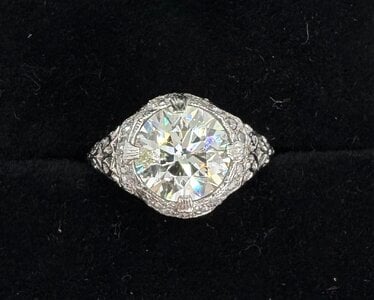
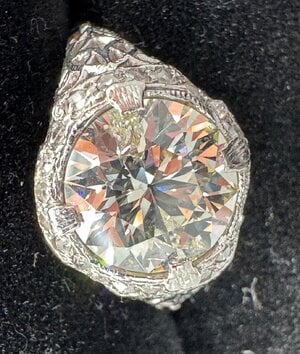
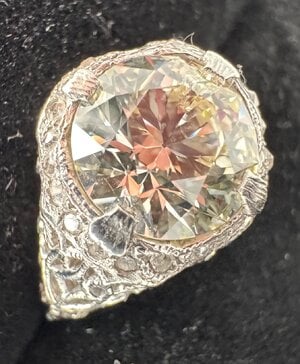
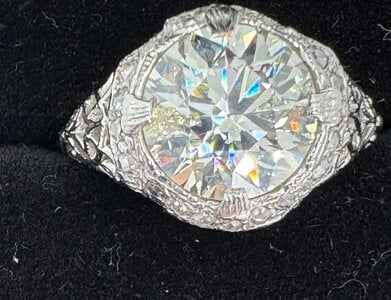
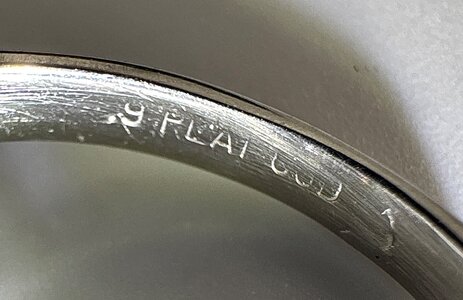
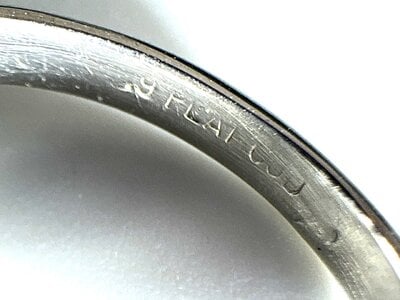

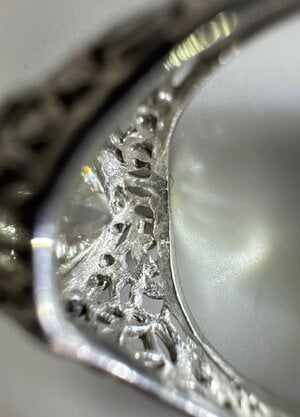
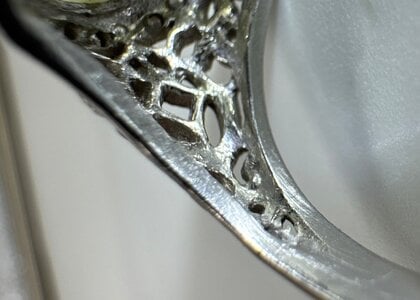
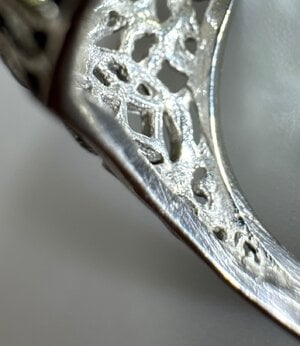
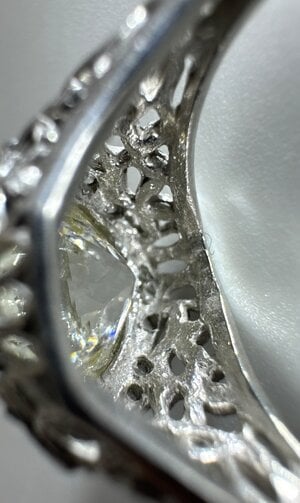
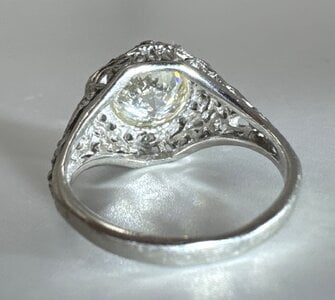
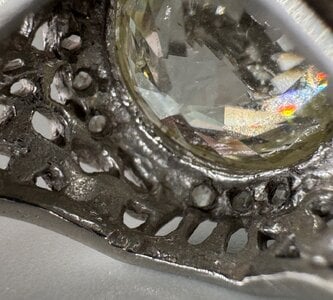
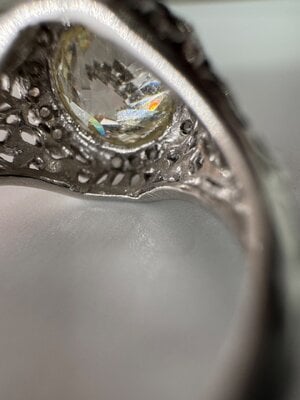
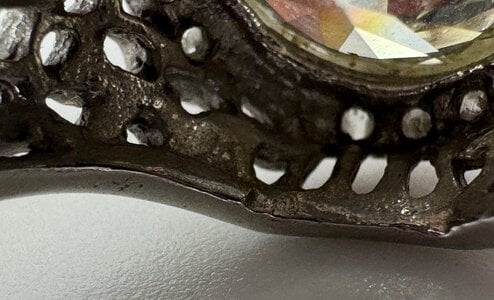


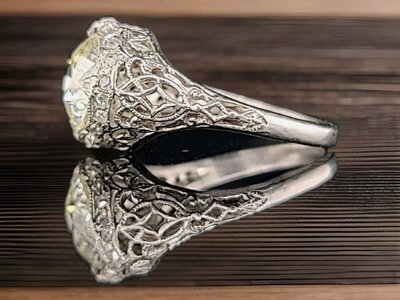


300x240.png)